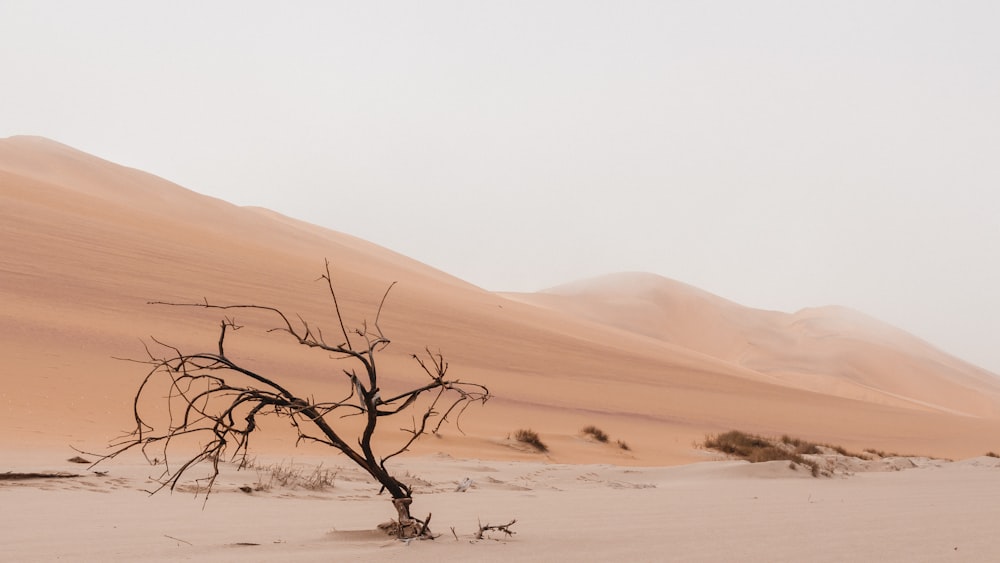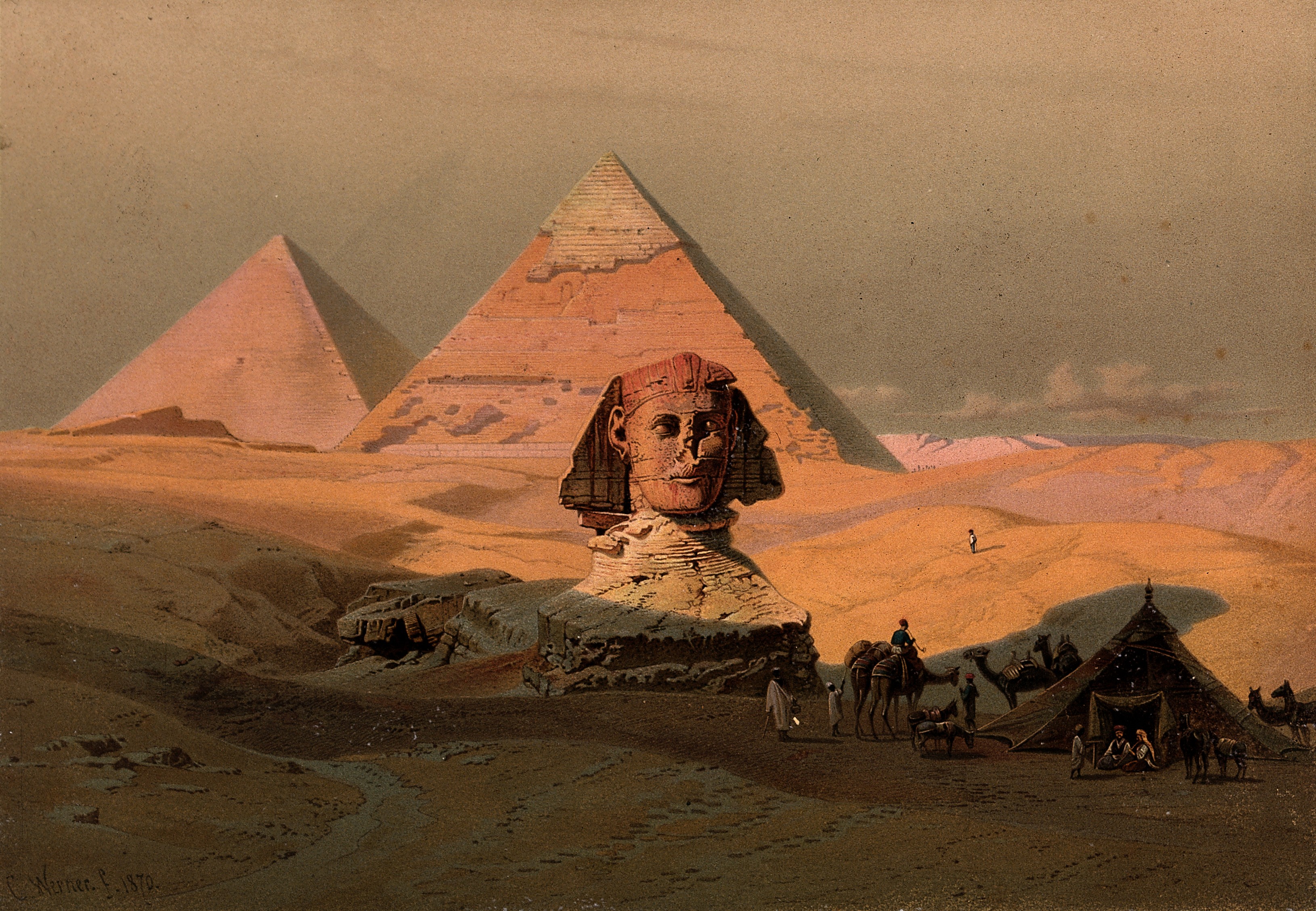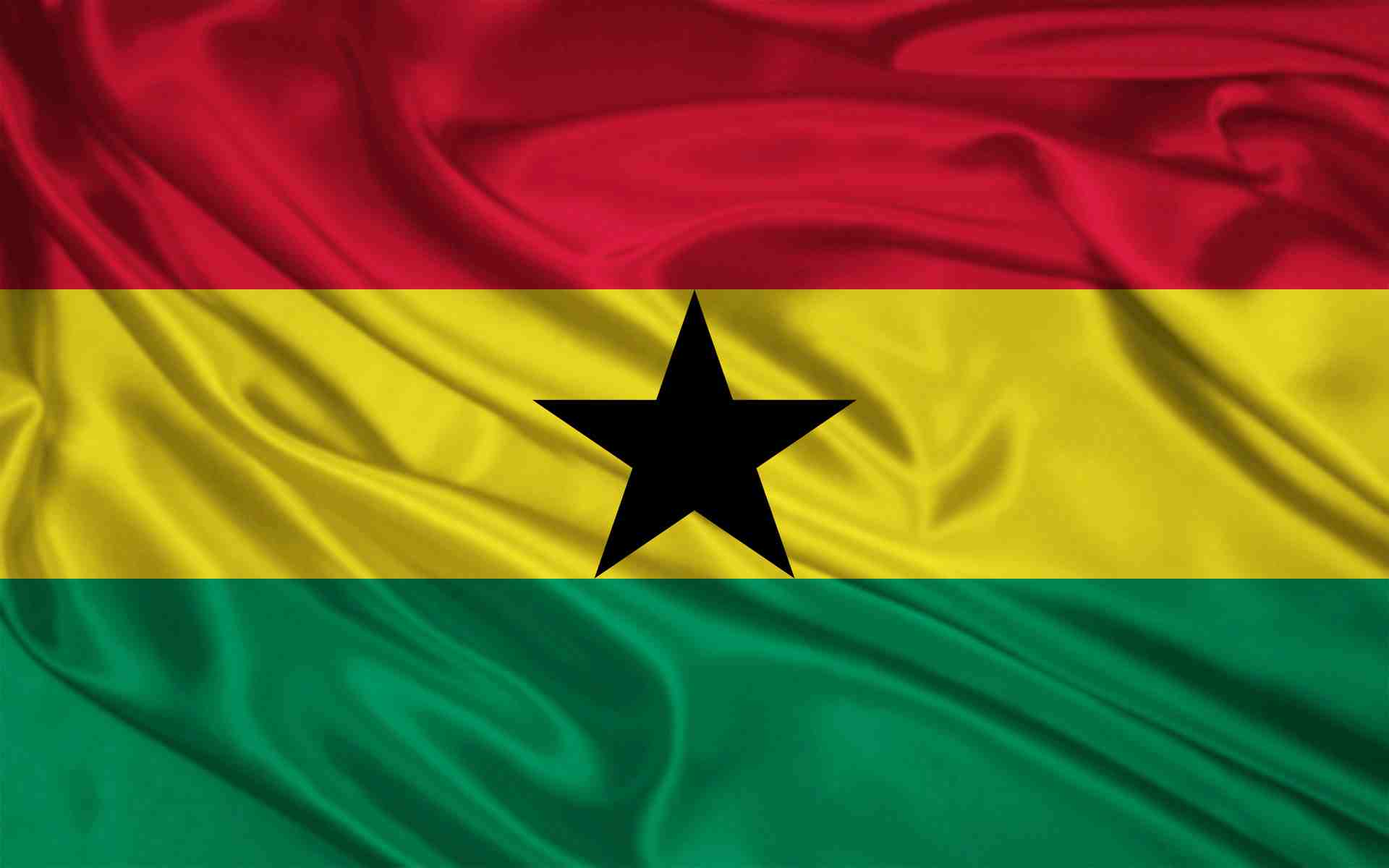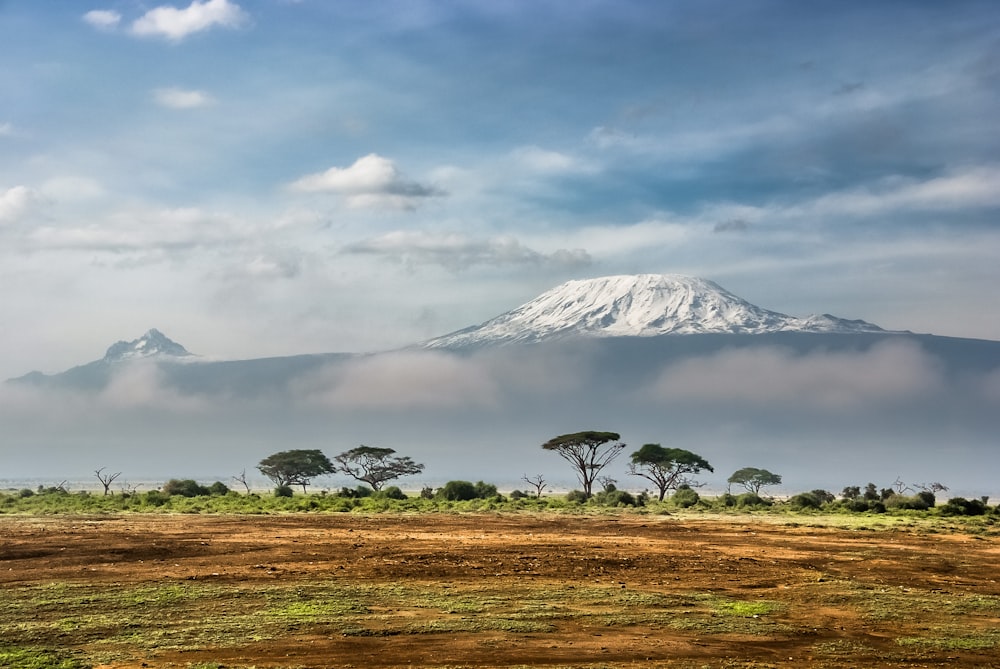
Giraffe on a brown grass field. Photo by Harshil Gudka.
30 Fascinating Facts about Africa
Africa is a riveting and incredibly diverse continent rich in history, culture, and natural beauty. It’s home to a wide range of cultures and ethnic groups. Each with their own distinct traditions, languages, and beliefs. Because of this cultural diversity, the continent has produced a rich tapestry of customs, music, dance, and art that reflect its rich history and heritage.
Africa has some of the most beautiful landscapes on the planet, including vast deserts, towering mountains, rolling savannas, and pristine beaches. The continent also supports a diverse range of wildlife, including elephants, lions, gorillas, and numerous other species.
This continent has a long and fascinating history spanning thousands of years. Africa has played a critical role in shaping the world as we know it today, from ancient civilizations such as the Egyptians and the Nubians to the colonial era and struggles for independence.
It’s home to some of the most innovative and creative people in the world, who have made significant contributions in fields ranging from science and technology to art and literature. The people of the continent have a deep understanding of their surroundings and have developed unique and effective solutions to the problems they face.
Africa has something for everyone, whether you’re interested in its rich history, stunning natural beauty, or vibrant and dynamic societies.
1. Africa is the world’s second-largest continent

Desk globe. Photo by James Wiseman.
Africa is the world’s second-largest continent, with a total area of approximately 11.73 million square miles (30.37 million square kilometers), accounting for 5.7% of the earth’s surface and 20% of the total land surface on our planet. North Africa, East Africa, Central Africa, Southern Africa, and West Africa are the five subsections.
One of the most fascinating facts about Africa is that the continent’s length and breadth are roughly equal: Horizontal Width: 4,355 miles (7,009 km) from Dakar, Senegal, east to Mogadishu, Somalia, and Vertical Length: 4,504 miles (7,248 km) from Cape Town, South Africa, north to Tripoli, Libya.
There are 54 countries and territories, as well as two de facto independent states with little or no recognition. Sudan was Africa’s largest country until it was divided into Sudan and South Sudan. Algeria is now Africa’s largest country in terms of land area. Cairo is Egypt’s largest city and the country’s capital.
With just over 1.4 billion people, the African continent has the world’s second-largest population, accounting for 16.87% of the global population (as of 2022). As the world’s second-largest continent, it’s no surprise that Africa has the most genetically diverse people.
2. Botswana’s Okavango Delta is one of the world’s largest inland delta systems

Travelers crossing The Okavango Delta. Photo by Diego Delso.
The Okavango Delta, located in northern Botswana, is a vast, pristine wetland. It is one of the world’s largest inland delta systems, formed where the Okavango River flows into the Kalahari Desert.
The delta is a one-of-a-kind and ecologically significant habitat, home to a diverse range of plant and animal life, including elephants, lions, hippos, and over 400 bird species. The Okavango Delta is also a popular tourist destination, drawing visitors from all over the world to experience its natural beauty and wildlife.
The Moremi Game Reserve and the Okavango Delta UNESCO World Heritage Site protect the delta, and conservation efforts are underway to protect its fragile ecosystem for future generations.
3. Serengeti National Park in Tanzania hosts the world’s largest terrestrial mammal migration

A photo of a lion taken at Serengeti National Park. Photo by Dieglop.
Tanzania’s Serengeti National Park is famous for its annual wildebeest migration, which is one of the world’s largest and most spectacular wildlife events. Every year, over 1.5 million wildebeests, zebras, and gazelles cross the Serengeti Plains in search of greener pastures and water.
This migration is not only a natural wonder, but also an important part of the Serengeti ecosystem, as the herds fertilize the plains and provide food for the predators that hunt them, such as lions and cheetahs. The Serengeti is widely regarded as one of the world’s premier wildlife destinations, with visitors coming from all over the world to see the incredible spectacle of the wildebeest migration.
4. The Bantu people are Africa’s largest ethnic group
The Bantu are a large ethnic group that inhabits much of Central, Eastern, and Southern Africa. Scholars disagree on the exact origin and distribution of the Bantu people, but it is widely assumed that they originated in West Africa and gradually spread across the continent over many centuries.
Today, the Bantu people are Africa’s largest ethnic group, with a rich cultural heritage that includes a diverse set of traditional beliefs, customs, and languages. The Bantu people have a long and varied history, and their influence can be found in many aspects of African culture, such as music, art, and cuisine. Despite many challenges, such as displacement and conflict, Bantu people maintain and celebrate their culture.
5. The world’s longest river runs in Africa

A river. Photo by Melissa Askew.
The River Nile is the world’s longest river, stretching 4,258 miles (6,853 kilometers) and passing through Egypt. Flowing northward through eleven countries: Tanzania, Uganda, Rwanda, Burundi, the Democratic Republic of the Congo, Kenya, Ethiopia, Eritrea, South Sudan, Sudan, and Egypt are among the countries involved.
6. The Congo River is Africa’s second longest and the world’s deepest

River Congo. Photo by Forest Service, USDA.
The Congo River, also known as the Zaire River, is Africa’s second longest and one of the world’s deepest rivers. It runs through the Democratic Republic of the Congo, the Republic of the Congo, and several other Central African countries and is approximately 4,700 kilometers (2,922 miles) long.
The river serves as a major mode of transportation for goods and people, as well as a source of water for irrigation and hydroelectric power generation. The Congo River basin also has a rich and diverse ecosystem, with many endemic plant and animal species.
7. Africa is home to one of the world’s oldest universities
The University of Karueein (Athens of Africa) was founded in 859 AD by Fatima al-Fihri in Fez, Morocco as a madrassa and is the world’s oldest continuously operating educational institution. The University of Bologna, Italy, was founded in 1088 and is Europe’s oldest.
8. The richest man in history is African

A painting of Mansa Musa With Cleopatra. Photo by Kestin Cornwall.
Mansa Musa, or Musa I of Mali, is regarded as one of history’s wealthiest men. Musa was the tenth emperor of the Mali Empire, one of the prosperous Sahelian kingdoms that arose along the Saharan slave trade routes during the late medieval period.
Estimates for his net worth at the time of his death in 1937 range from US$300 billion to US$400 billion in adjusted dollars for the late 2000s.
9. Africa has the world’s largest hottest desert

A desert. Photo by Ryan Cheng.
The Sahara is the world’s largest hot desert and one of the world’s harshest environments. It is the third-largest desert in the world, after Antarctica and the Arctic, both of which are cold deserts.
At 3.6 million square miles (9.4 million square kilometers), it is larger than the entire United States of America! The desert spans 11 countries (large sections of Algeria, Chad, Egypt, Libya, Mali, Mauritania, Morocco, Niger, Western Sahara, Sudan and Tunisia).
10. The highest bungee jumping in the world is in South Africa

Man bungee jumping. Photo by Anoof Junaid.
Bloukrans Bridge Bungy, at 216 meters (709 feet) above the Bloukrans River, is one of the world’s highest commercial bridge bungies.
It is located on the N2 Highway at Bloukrans Bridge, on the border between the Eastern and Western Capes, in the Tsitsikamma area of South Africa’s Garden Route.
11. The Congo Basin is home to the second-largest rainforest in the world
The Congo Basin, also known as the Zaire Basin, is a vast tropical rainforest region in Central Africa. It is the world’s second-largest rainforest after the Amazon, spanning several countries and spanning over 1 million square miles (2.7 million square kilometers).
The Congo Basin is one of the world’s most biodiverse regions, home to a diverse range of plant and animal species such as gorillas, elephants, chimps, and many others. The rainforest also acts as a significant carbon sink, helping to regulate the Earth’s climate and mitigate the effects of global warming. However, the Congo Basin faces serious environmental challenges, such as deforestation and wildlife extinction.
12. Victoria Falls is the world’s largest waterfall in terms of width and height

Victoria Falls. Photo by Bernard Gagnon.
The Victoria Falls, also known as Mosi-oa-Tunya in the local language, which means “The Smoke That Thunders,” is one of the world’s most spectacular waterfalls. The falls are located on the Zambezi River, on the border of Zambia and Zimbabwe, and are the world’s largest waterfall in terms of both width and height. The Victoria Falls are more than a mile (1.7 kilometers) wide and drop more than 350 feet (108 meters) into the Zambezi Gorge below, making for a breathtaking and awe-inspiring sight.
The falls are surrounded by lush vegetation, and the falls’ mist creates a unique microclimate that supports a diverse array of plant and animal life. The Victoria Falls are a popular tourist destination and one of the Seven Natural Wonders of the World. They are a UNESCO World Heritage Site and an important symbol of southern Africa’s natural beauty and cultural heritage.
13. The number of twins born in Nigeria is the highest in the world

A set of twins. Photo by frank mckenna.
Nigeria, one of Africa’s largest countries, has been dubbed “The Land of Twins” by the BBC due to the world’s highest rate of twin births. Twin birth rates in West Africa are four times higher than anywhere else in the world.
According to statistics, and the epicentre of it all is a sleepy little town in Nigeria called Igbo-Ora, where the most recent figures revealed an average of 50 sets of twins in every 1,000 births.
14. Morocco is Africa’s oldest country
Morocco is one of the world’s oldest countries, with a rich and storied history dating back more than two millennia. It was founded as the Carthaginian Empire in the seventh century BCE and has since been ruled by a variety of civilizations, including the Berbers, Romans, Arabs, and French. Morocco is now a constitutional monarchy with a rich cultural heritage that can be seen in its architecture, music, cuisine, and traditions.
The country is also a popular tourist destination, with picturesque coastlines, desert landscapes, and historic cities such as Marrakesh, Fez, and Tangier.
15. The Great Pyramids of Giza in Egypt are one of the Seven Wonders of the World

The Great Pyramids of Giza. Photo from
The Great Pyramids of Giza are considered one of the Seven Wonders of the Ancient World and are a testament to the ancient Egyptians’ engineering and architectural prowess.
They are also one of Egypt’s most popular tourist attractions, attracting millions of visitors each year. The Great Pyramids, which include the Pyramid of Khufu, the Pyramid of Khafre, and the Pyramid of Menkaure, were constructed during the Old Kingdom period as tombs for the pharaohs and their consorts. They have withstood the test of time and continue to captivate people.
16. Sudan has more pyramids than Egypt

Pyramids. Photo by Hipses.
Although Egypt is well-known for its pyramids, many people are unaware that Sudan, in Africa, has a total of 223 pyramids. This is twice as many pyramids as Egypt has!
These forgotten pyramids are the Meroe Pyramids, which were once the capital of the Kingdom of Kush, which was ruled by Nubian kings.
17. Marrakesh, Morocco, is well-known for its historic marketplaces
Marrakesh, also known as the “Red City,” is well-known for its rich history, beautiful architecture, and vibrant culture. The city, located in central Morocco, is one of the country’s four former imperial cities and has long been a major trading and cultural center. Marrakesh is famous for its historic souks, which are filled with colorful stalls selling spices, textiles, jewelry, and other traditional goods.
The Koutoubia Mosque, the Saadian Tombs, and the Bahia Palace are also notable architectural landmarks in the city. Marrakesh is also known for its rich cultural heritage, which is reflected in its music, dance, cuisine, and traditional arts and crafts. Visitors flock to the city because it is a popular tourist destination.
18. Lake Malawi has the most number of fish species

A fish. Photo by Malek Bee.
Lake Malawi is one of Africa’s most beautiful safari and beach destinations, and it also has the most fish species, which may or may not surprise you! There are approximately 500 different types of fish, more species than in any other lake in the world, so keep an eye out for some interesting ones when you get the chance to visit.
19. The Suez Canal is one of the most important shipping routes in the world
The Suez Canal is an artificial waterway in Egypt that connects the Mediterranean and Red Seas. It was designed by French engineer Ferdinand de Lesseps and opened in 1869. The Suez Canal is a vital shipping route because it provides a direct and relatively short water route between Europe and Asia, reducing the distance and time required to travel between these two continents.
Ships traveling between Europe and Asia before the canal had to circumnavigate the entire African continent, adding significant time and distance to their journeys. The Suez Canal is now one of the world’s busiest shipping lanes, with thousands of ships passing through it each year.
The canal is also important economically and strategically because it provides access to the Red Sea, the Gulf of Suez, and the Indian Ocean, and it is regarded as a vital link between the Middle East and Europe. Despite the challenges posed by political insecurity and security threats, the Suez Canal remains an important and heavily used waterway that plays an important role in global trade and commerce.
20. Africa is located on the Equator
With countries in both the Northern and Southern Hemispheres, it is the only continent with temperate zones in both the north and south, as well as a variety of other climate zones and biospheres in between.
21. The Kalahari Desert is one of the largest sand deserts on the planet

The sand dune in the Kalahari Desert. Photo by Olga Ernst. Wikimedia
The Kalahari Desert is one of the world’s largest sand deserts, spanning over 900,000 square miles (2.3 million square kilometers) across southern Africa. It is known for its distinctive red sand dunes and sparse vegetation and spans Botswana, Namibia, and South Africa.
Despite its harsh and arid environment, the Kalahari is home to a diverse range of wildlife, including giraffes, cheetahs, lions, and elephants, as well as a number of endemic plant species. It is also home to the San people, one of southern Africa’s oldest and most traditional indigenous groups, who have lived in the region for thousands of years.
22. Ghana was one of the first African countries to achieve independence from colonial rule

The flag of Ghana. Photo by Zetsoubou no Shima.
In 1957, Ghana became one of the first African countries to gain independence from colonial rule. The British colonized the country in the late 1800s, but after years of political struggle and activism, it became the first African colony to gain independence from Britain.
Ghana’s independence prompted other African countries to seek their own independence, and it became a symbol of hope and inspiration for the entire continent. Ghana is now a stable, growing democracy with a diverse economy and a rich cultural heritage. It is also famous for its stunning landscapes, which include lush rainforests, rolling hills, and stunning beaches along its Atlantic coast.
23. The African Baobab tree can store up to 32,000 gallons of water in its trunk

The African Baobab tree. Photo from
Baobab trees can store water in their trunks, but it is usually only a few hundred gallons in comparison to the total volume of the trunk. The Baobab tree is well-adapted to arid climates and can store water in its trunk to aid survival during droughts. However, it is unlikely to hold 32,000 gallons of water. Baobab trees can live for thousands of years and are an important part of African culture and landscape.
From the early 1960s to the 1980s, many African countries were “made” independent. Many of these countries did not exist before, and their borders were drawn by European powers. As a result, there was a lot of craziness.
During this time, there were over 70 coups and 13 presidential assassinations on the continent. Border, territorial, ethnic, and political conflicts were and continue to be common.
24. The African Union (AU) is a 55-member federation comprised of all African countries

Flag of the African Union. Photo by Sigitas0805.
It is a well-known fact that Africa has its own African Union, with its headquarters in Addis Ababa, Ethiopia, just as Europe has its own European Union. In contrast to the EU, all countries are included.
Interestingly, Africa has “officially” 54 countries; where does the remaining one come from? Western Sahara (claimed by Morocco) is the unrecognized country. It was a Spanish colony until 1975.
25. Africa houses the world’s largest frog species

A frog. Photo by Joel Henry.
It may come as no surprise that Africa is home to the world’s largest frog species. It is known as the Goliath Frog, and it can grow to be a foot long and weigh up to 8lb (more than the average human new born baby!).
This cute little (or not so little) creature is found in Equatorial Guinea and Cameroon and is harmless.
26. The Mountain Gorilla can only be found in Central Africa

The Mountain Gorilla. Photo by Charles J. Sharp.
The Mountain Gorilla (Gorilla beringei beringei) is one of the world’s most critically endangered species, found only in the Virunga Mountains in Central Africa, which span the borders of the Democratic Republic of the Congo, Rwanda, and Uganda.
These gorillas are one of two Eastern Gorilla subspecies, the other being the Eastern Lowland Gorilla. Mountain gorillas are classified as critically endangered by the International Union for Conservation of Nature (IUCN), with only about 1,000 individuals left in the wild.
They are under threat from habitat loss, poaching by poachers, and disease transmission from human populations. Conservation efforts, such as habitat protection and anti-poaching patrols, have been successful in stabilizing and even increasing the population in this species.
27. The biggest land mammals are African elephants

An elephant on a grass field. Photo by Wolfgang Hasselmann.
African elephants are the largest living land animals, weighing up to six tonnes and measuring up to seven meters in length. They are frequently compared to their Asian relatives, but they have many distinct differences, including being larger in size! They also have larger ears, wrinkles, and rings on their trunks than their Asian relatives. This is a fantastic species to look out for the next time you go on safari.
28. The African Grey Parrot is one of the smartest bird species

African Grey Parrot peeks out from under its wing. Photo by African_Grey_Parrot,_peeking_out_from_under_its_wing.jpg.
The African Grey Parrot (Psittacus erithacus) is a bird native to West and Central Africa that is well-known for its intelligence and exceptional ability to mimic human speech. African Grey Parrots are among the most intelligent bird species and are in high demand as pets due to their ability to form strong bonds with their owners and learn hundreds of words and phrases.
These birds are also very social creatures that require a lot of attention and stimulation to stay healthy and happy. African Grey Parrots are considered endangered in the wild due to habitat loss and the trade in exotic pets, so they are protected by law.
29. Mount Kilimanjaro is Africa’s highest point

Mount Kilimanjaro. Photo by Sergey Pesterev.
Mount Kilimanjaro is a popular destination and a challenge for many people from all over the world who visit Africa. You might be surprised to learn that Mount Kilimanjaro in Tanzania is Africa’s highest point.
It rises up to 19,340 feet above sea level and is one of the most difficult climbs for professional climbers today. However, it is one of the most dangerous climbing expeditions, with over 1,000 people rescued each year and an annual death rate of around 10 people on average, implying that this climb is not for the faint of heart!
30. South Africa’s Cape of Good Hope is Africa’s southernmost point
The Cape of Good Hope is a stunning natural landmark in South Africa’s Western Cape province. It is a popular tourist destination known for its stunning scenery, which includes rugged cliffs, pristine beaches, and a wide variety of plant and animal life.
The area also has a number of historic sites, such as the Cape of Good Hope Nature Reserve, which was established in 1939 to protect the region’s unique coastal fauna and flora. The Cape of Good Hope is a symbol of South Africa’s natural beauty and a testament to the country’s conservation efforts.
Planning a trip to Paris ? Get ready !
These are ���������Dz�’�����������-����������Բ� travel products that you may need for coming to Paris.
Bookstore
- The best travel book : Rick Steves – Paris 2023 –��
- Fodor’s Paris 2024 –��
Travel Gear
- Venture Pal Lightweight Backpack –��
- Samsonite Winfield 2 28″ Luggage –��
- Swig Savvy’s Stainless Steel Insulated Water Bottle –��
We sometimes read this list just to find out what new travel products people are buying.












